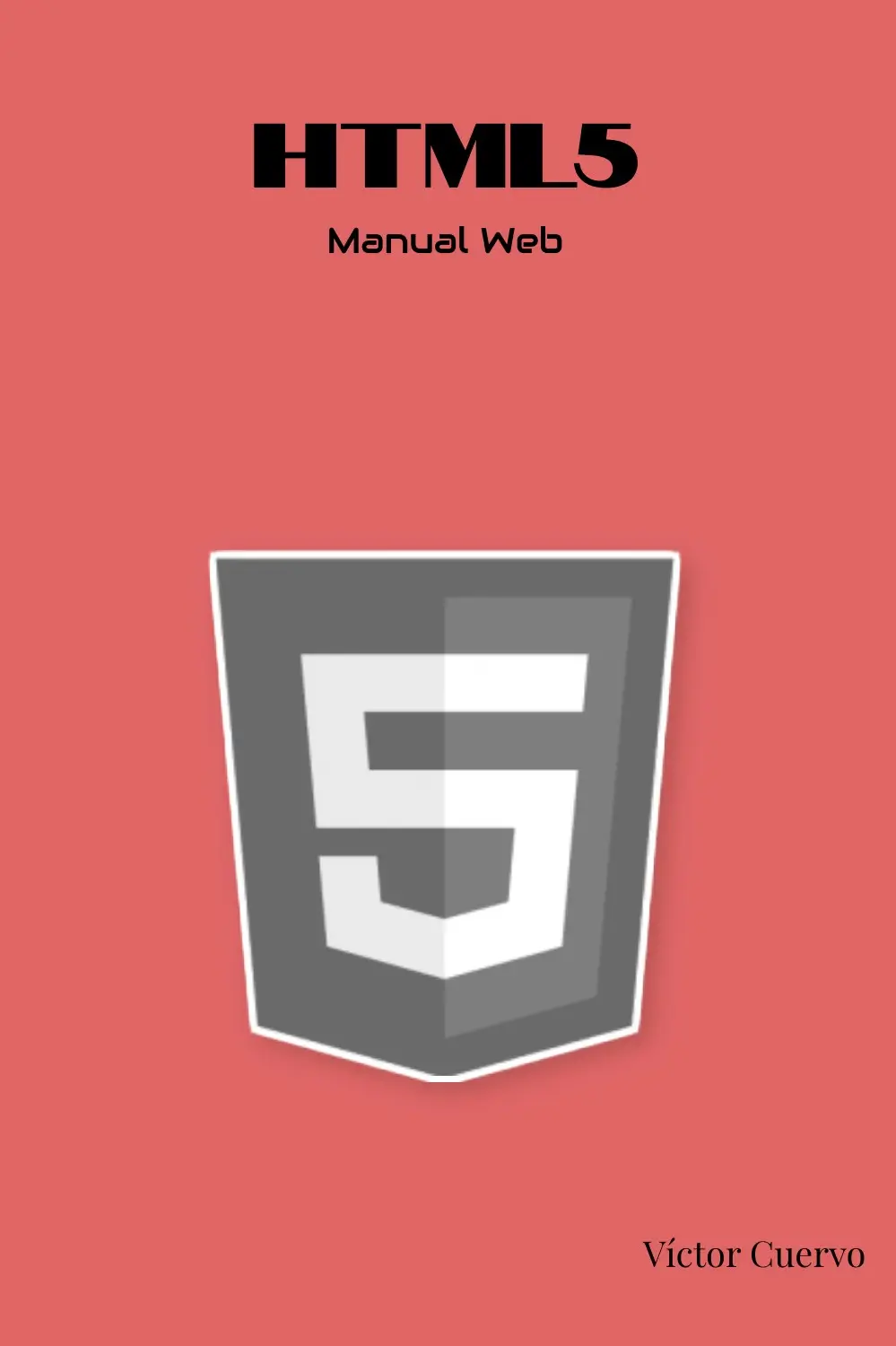Descripción
El elemento template en HTML es un mecanismo para mantener el contenido HTML del lado del cliente que no se representa cuando se carga la página, pero que posteriormente puede ser instanciado durante el tiempo de ejecución utilizando JavaScript.
Sintaxis
<template>
<!-- contenido aquí -->
</template>
Atributos Globales
- accesskey
- autocapitalize
- autofocus
- contenteditable
- dir
- draggable
- enterkeyhint
- hidden
- inputmode
- is
- itemid
- itemprop
- itemref
- itemscope
- itemtype
- lang
- nonce
- spellcheck
- style
- tabindex
- title
- translate
Ejemplo
<!DOCTYPE html>
<html lang="en">
<head>
<meta charset="UTF-8">
<meta http-equiv="X-UA-Compatible" content="IE=edge">
<meta name="viewport" content="width=device-width, initial-scale=1.0">
<title>Templates HTML5</title>
</head>
<body>
<h1>Templates HTML5</h1>
<table id="ciudades">
<thead>
<tr>
<td>Ciudad</td>
<td>País</td>
</tr>
</thead>
<tbody>
</tbody>
</table>
<template id="ciudad">
<tr>
<td class="record"></td>
<td></td>
</tr>
</template>
<script>
// Comprobamos si el navegador soporta el elemento template comprobando
// si tiene el atributo content
if ('content' in document.createElement('template')) {
const tbody = document.querySelector("tbody");
const template = document.querySelector("#ciudad");
// Clona la plantilla
const clone = template.content.cloneNode(true);
let td = clone.querySelectorAll("td");
td[0].textContent = "Barcelona";
td[1].textContent = "Spain";
tbody.appendChild(clone);
// Clona nuevamente la plantillax11
const clone2 = template.content.cloneNode(true);
td = clone2.querySelectorAll("td");
td[0].textContent = "Paris";
td[1].textContent = "Francia";
tbody.appendChild(clone2);
}
</script>
</body>
</html>
Artículos
Vídeos HTML
Disfruta también de nuestros artículos sobre HTML en formato vídeo. Aprovecha y suscribete a nuestro canal.


